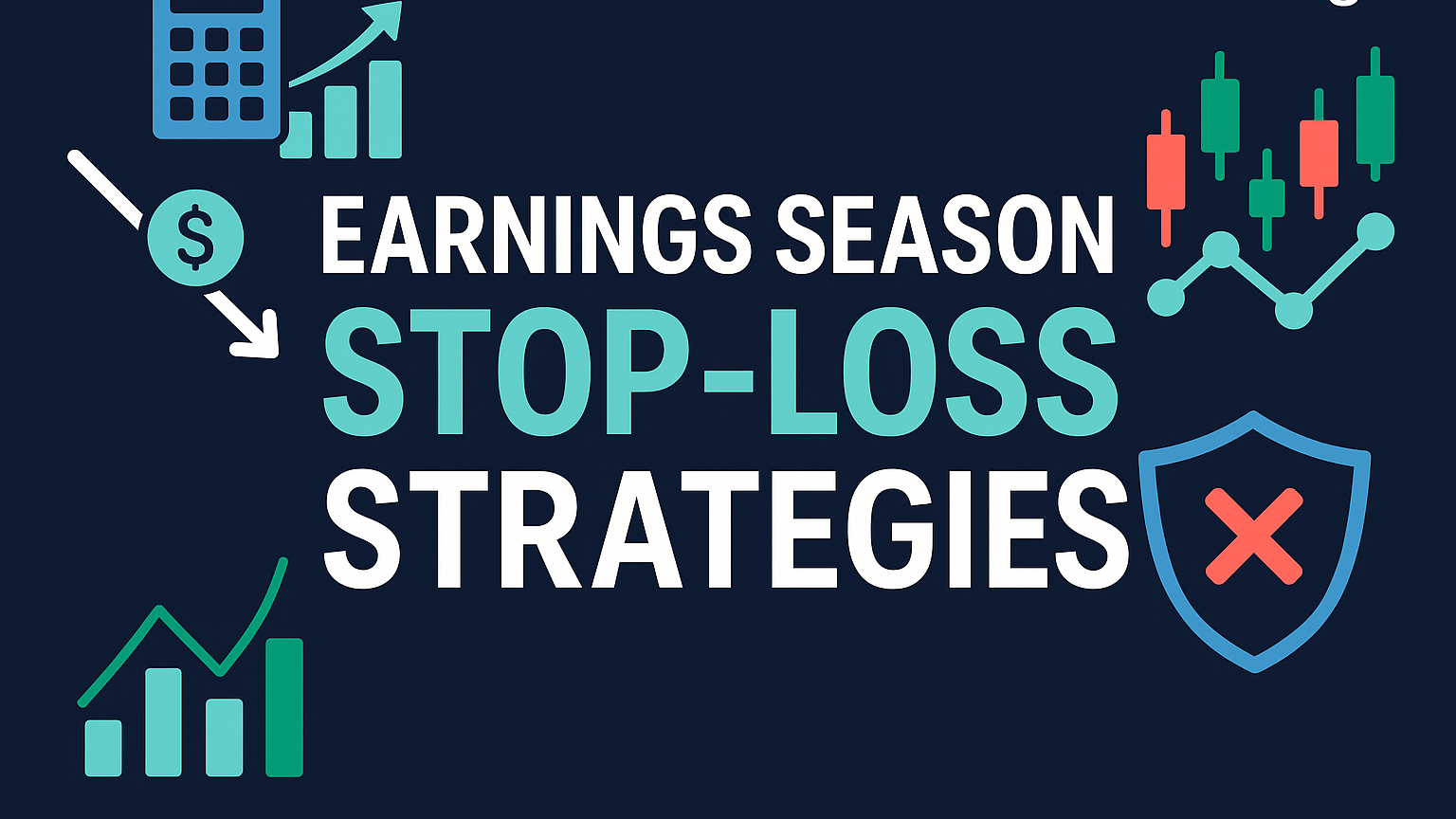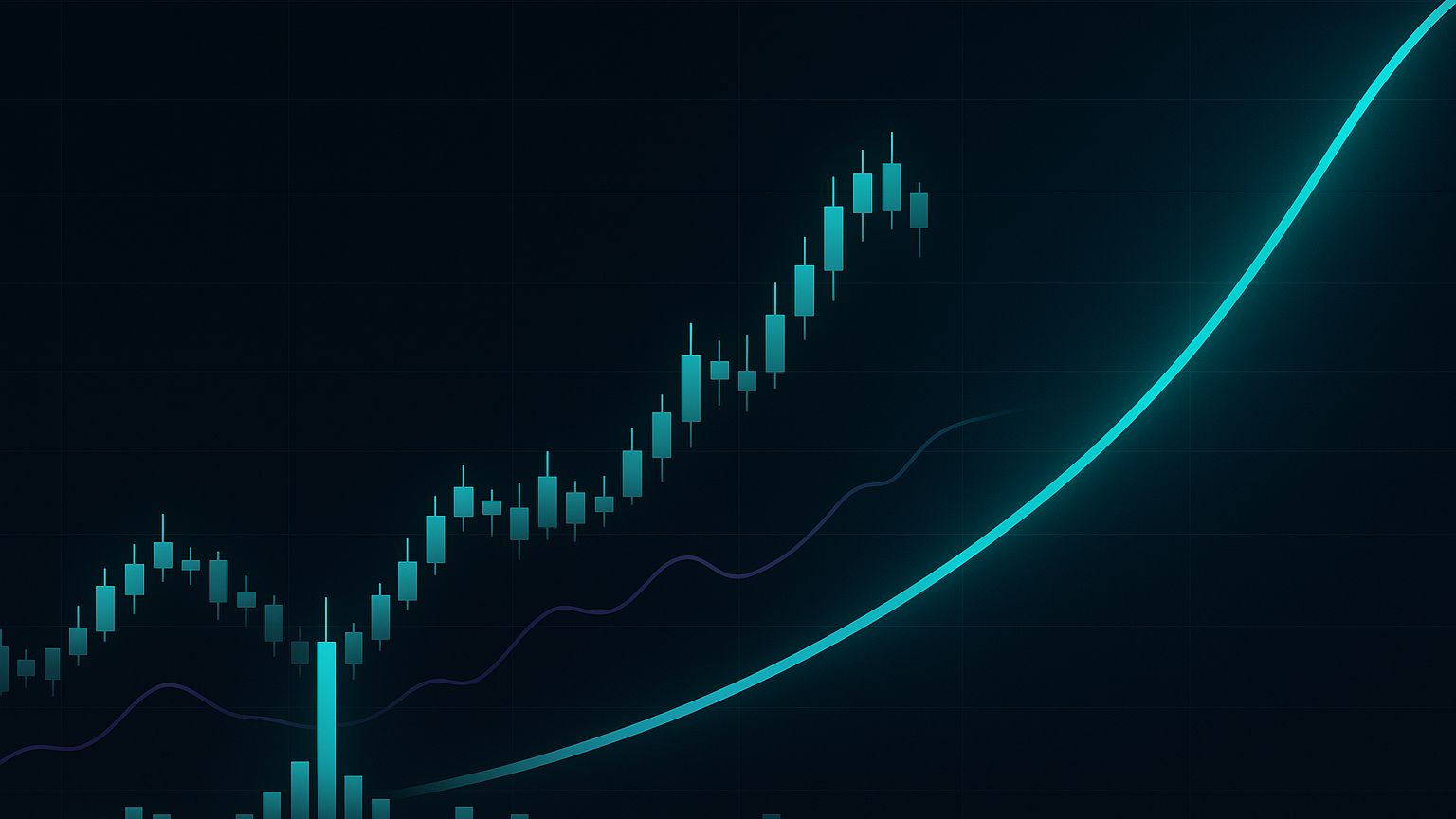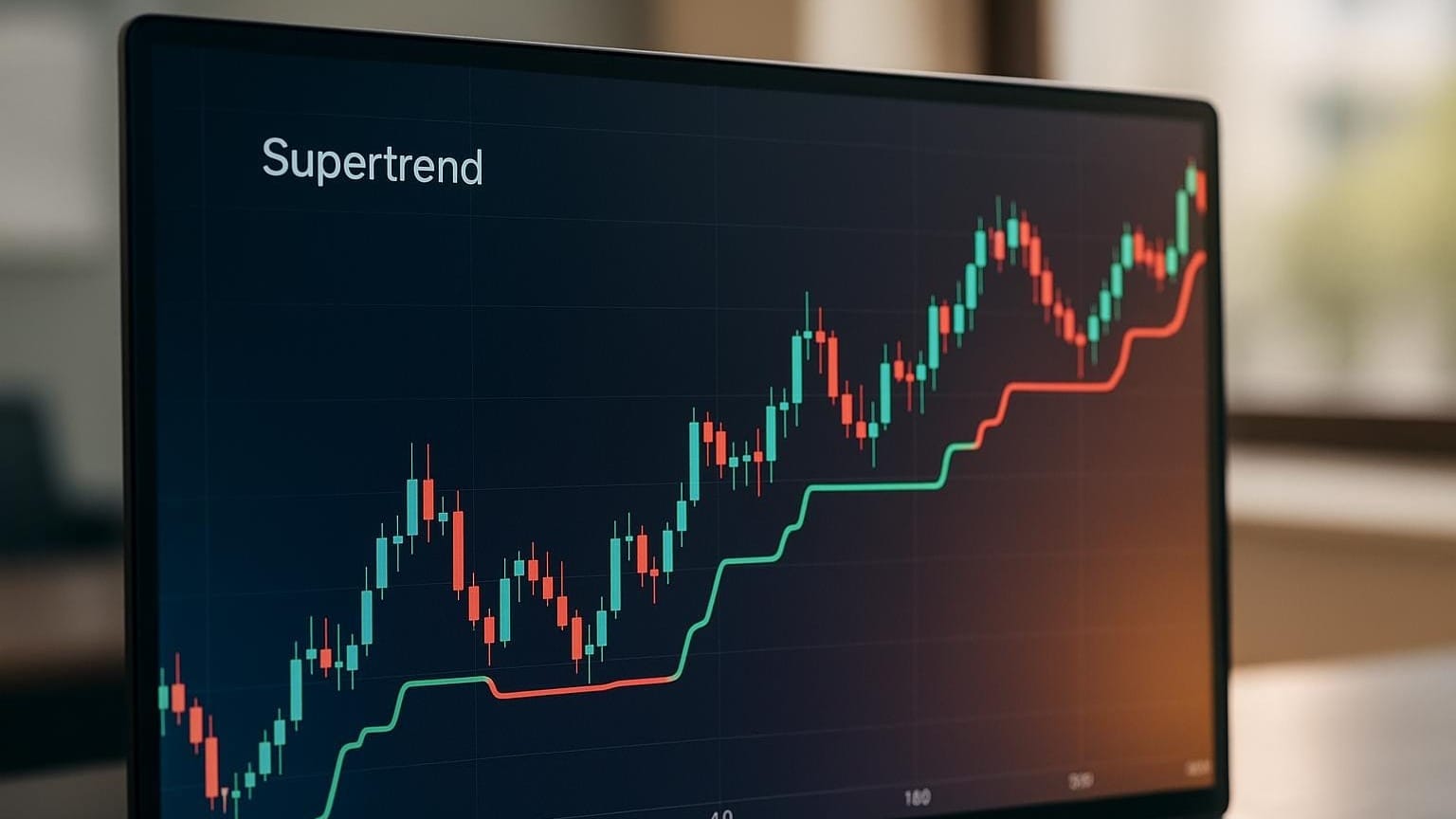Explore the investment strategies of a leading fund manager, focusing on value investing, risk management, and concentrated portfolios for superior returns.
Bill Ackman, founder of Pershing Square Capital Management, has achieved 16.5% annualized returns since 2004, outpacing the S&P 500's 10.2%. His approach combines value investing with an activist role, focusing on cash-generating businesses and long-term growth. Here's a quick summary of his methods:
- Value Investing: Targets companies with strong fundamentals, high ROIC, solid leadership, and market dominance.
- Concentrated Portfolio: Holds 8–12 positions, with 75% of assets often in six stocks.
- Risk Management: Uses hedging (e.g., $2.6 B profit from a $27 M COVID-19 hedge) and adapts to market shifts.
- Activist Role: Actively influences corporate decisions to drive improvements.
Quick Overview of Ackman’s Key Trades:
- Chipotle (2016): Invested during a crisis, leading to a stock recovery.
- COVID-19 Hedge (2020): $27 M hedge generated $2.6 B profit.
- Canadian Pacific (2011): Activist role increased stock value from $49 to $220.
Ackman’s disciplined research, focused investments, and strategic risk controls have consistently delivered results. His philosophy? Own a few great ideas instead of many average ones.
Bill Ackman: Portfolio Strategy and Top Holdings Analysis
Investment Principles
Bill Ackman's investment strategy is built on three key principles that have driven Pershing Square Capital's 16.5% annualized return since 2004. These principles reflect a disciplined value investing approach that blends deep analysis with active management.
Quality-Based Value Investing
Ackman doesn't just look for undervalued companies—he seeks businesses with strong fundamentals, competitive advantages, and reliable cash flows. His strategy zeroes in on companies with:
- High returns on invested capital (ROIC)
- Solid balance sheets
- Strong leadership teams
- Leading market positions
- Significant barriers to entry
"The best investment opportunities are often found in industries where things are going wrong." – Bill Ackman
For example, Pershing Square's 2016 investment in Chipotle Mexican Grill during its food safety crisis led to a significant turnaround in its stock price.
Focus on Key Positions
Ackman prefers a concentrated portfolio, typically holding 8–12 positions. This focused strategy allows for:
| Aspect | Implementation |
|---|---|
| Portfolio Structure | Six stocks often make up over 75% of holdings |
| Deep Research | Comprehensive analysis of financials and market standing |
| Managing Risk | Balancing growth opportunities with stable assets |
| Influence | Impacting corporate decisions through large stakes |
This was evident in 2011 with Canadian Pacific Railway, where Ackman’s involvement helped increase the share price from $49 to $220 by December 2014.
Long-Term Market Impact
Ackman focuses on creating lasting value through active ownership and corporate improvements. His belief is that active involvement can transform struggling companies.
"Our job is to make sure that management is doing the right thing." – Bill Ackman
In 2010, Ackman played a key role in restructuring General Growth Properties during its bankruptcy, delivering substantial investor returns.
Risk Control Methods
Bill Ackman uses a mix of hedging, strategic communication, and quick adjustments to shield his portfolio during turbulent markets.
Market Protection Tactics
Here are some of his key hedging moves:
| Protection Strategy | Implementation | Results |
|---|---|---|
| COVID-19 Hedge (2020) | $27 M in credit default swaps | $2.6 B profit, 70% fund return |
| Interest Rate Hedge | Short positions in bonds | $2.3 B profit from rising rates |
| Portfolio Balance | Offsetting long positions | -20.9% vs. S&P 500's -25% (2022) |
Public Communication Strategy
Ackman’s public statements often sway market sentiment. During a March 2020 CNBC interview, he stressed the seriousness of COVID-19 to build consensus for lockdowns.
"I wanted to shout from the rooftops about the importance of taking the virus seriously..." – Bill Ackman
Market Change Response
Ackman anticipates major risks—like inflation—and adjusts positions accordingly. In late 2020, his large short bond position netted over $1 B before partial unwinding in 2022.
Major Trade Examples
MBIA Short Position

In 2002, Ackman highlighted risks in MBIA’s model—139:1 leverage, hidden debt, and a loss history—which led to a detailed investor presentation and broad market attention.
Herbalife Short Trade

Ackman’s $1 B short position on Herbalife led him to restructure into long-term puts after the stock rose, demonstrating adaptive risk management.
COVID-19 Market Response
| Strategy Element | Investment Details | Return |
|---|---|---|
| Initial Investment | $27 M in credit default swaps | $2.6 B profit |
| Market Timing | Bought protection during tight spreads | 100× return |
| Portfolio Impact | Safeguarded core portfolio | +0.2% vs. S&P’s -25% |
Trading Lessons
Market Research Process
Ackman’s research digs into competitive advantages, financial health, and catalysts to find undervalued opportunities.
Position Sizing and Risk
He concentrates on 10–20 positions, caps losses at 5–6% per idea, and sizes each position based on risk/reward balance.
Trading Tools and Analysis
Ackman combines financial scrutiny with temperament, staying committed long-term despite market swings.
Conclusion
Bill Ackman’s disciplined focus, deep research, and strategic risk management have outperformed the S&P 500 for two decades, proving the power of high-conviction, value-oriented investing.








